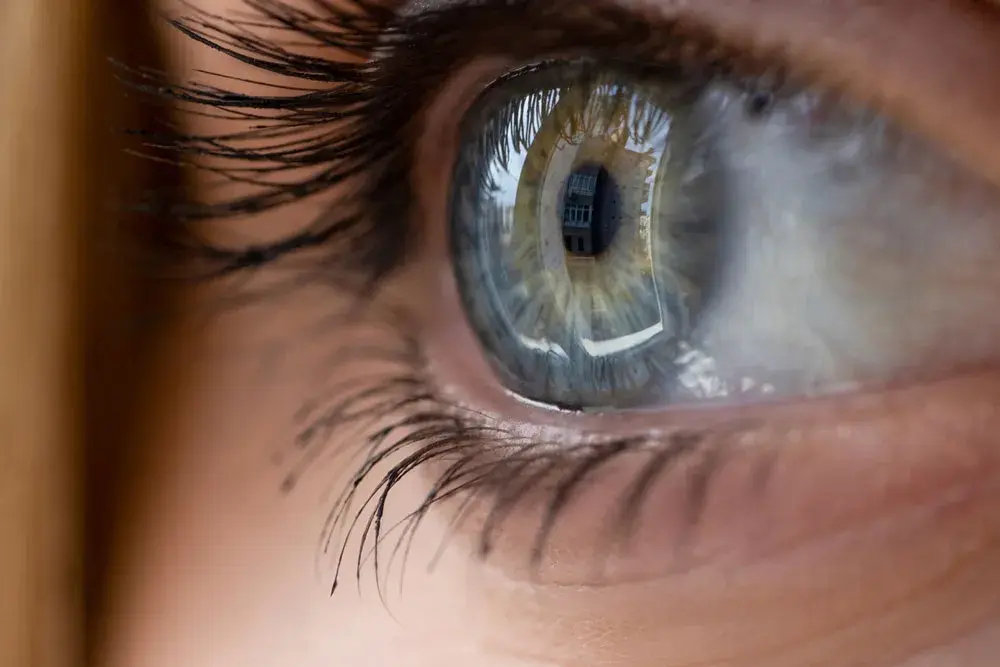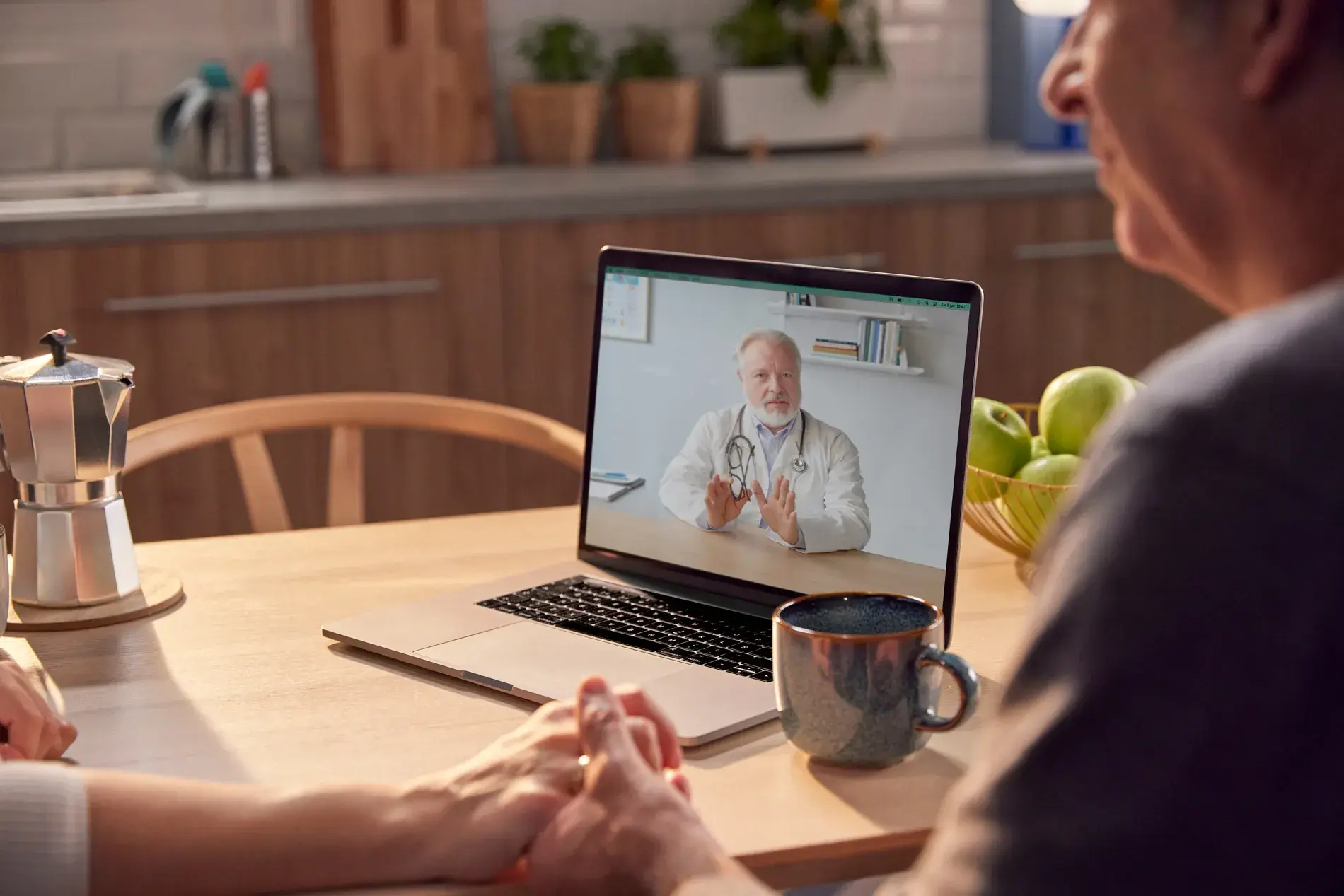Retinography is a digital photograph of the back of the eye, carried out to analyse the patient’s retina for the purpose of identifying any anomalies and detecting changes to it, as well as to study these changes and document them.
-
As there is no direct contact with the eye, the examination is painless.
-
The only discomfort associated with it, in the case of central retinographies, is the need to dilate the pupil beforehand by administering drops.
-
It is a very quick examination (between 5 and 10 minutes per eye).
-
And it is very helpful in identifying eye problems such as age-related macular degeneration, diabetic macular oedema, glaucoma, diabetic retinopathy, hypertensive retinopathy, etc.
Retinographies are particularly recommended for patients with diabetes, high blood pressure and short-sightedness, as well as for those who have a family history of eye problems or are over 45 years of age.


